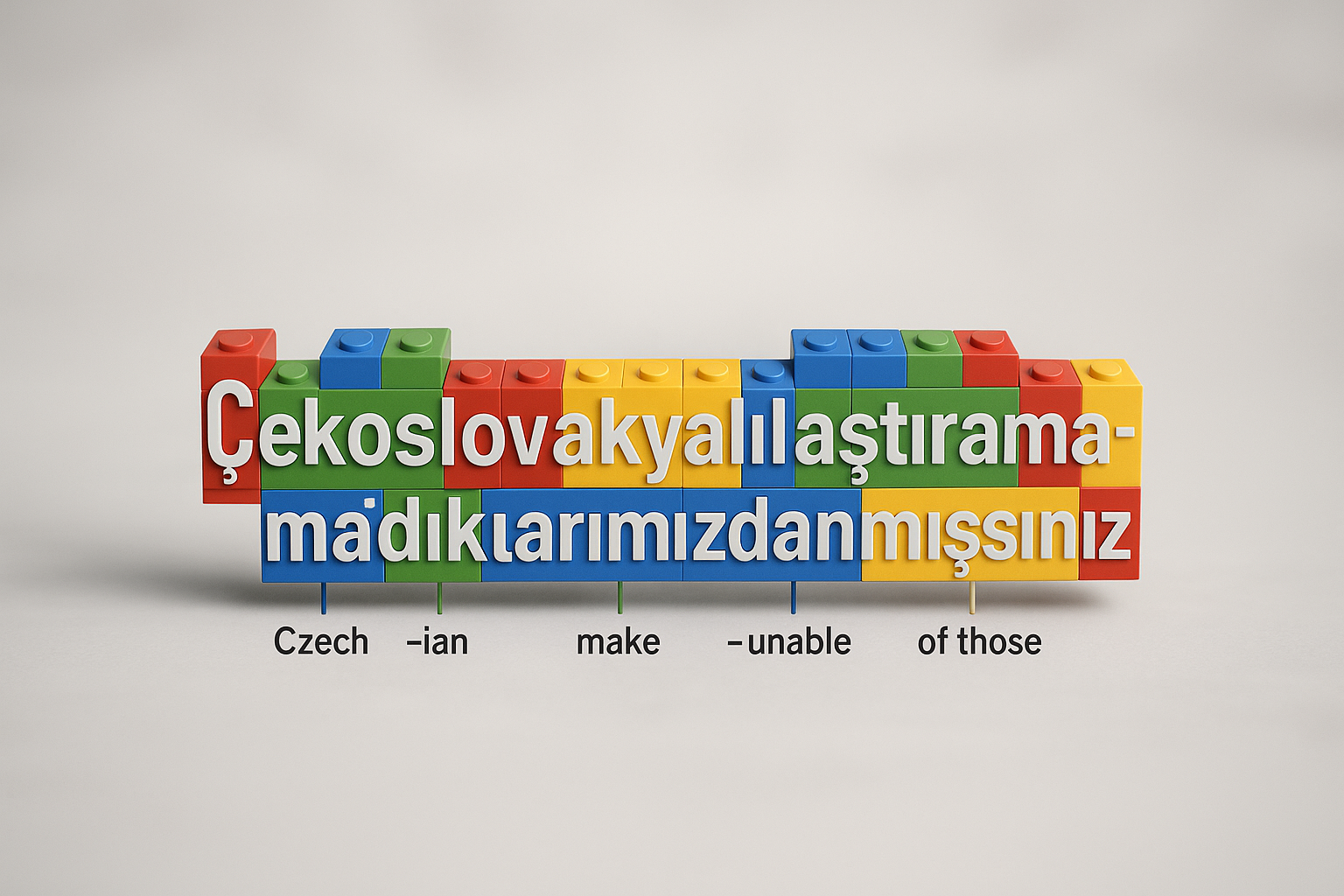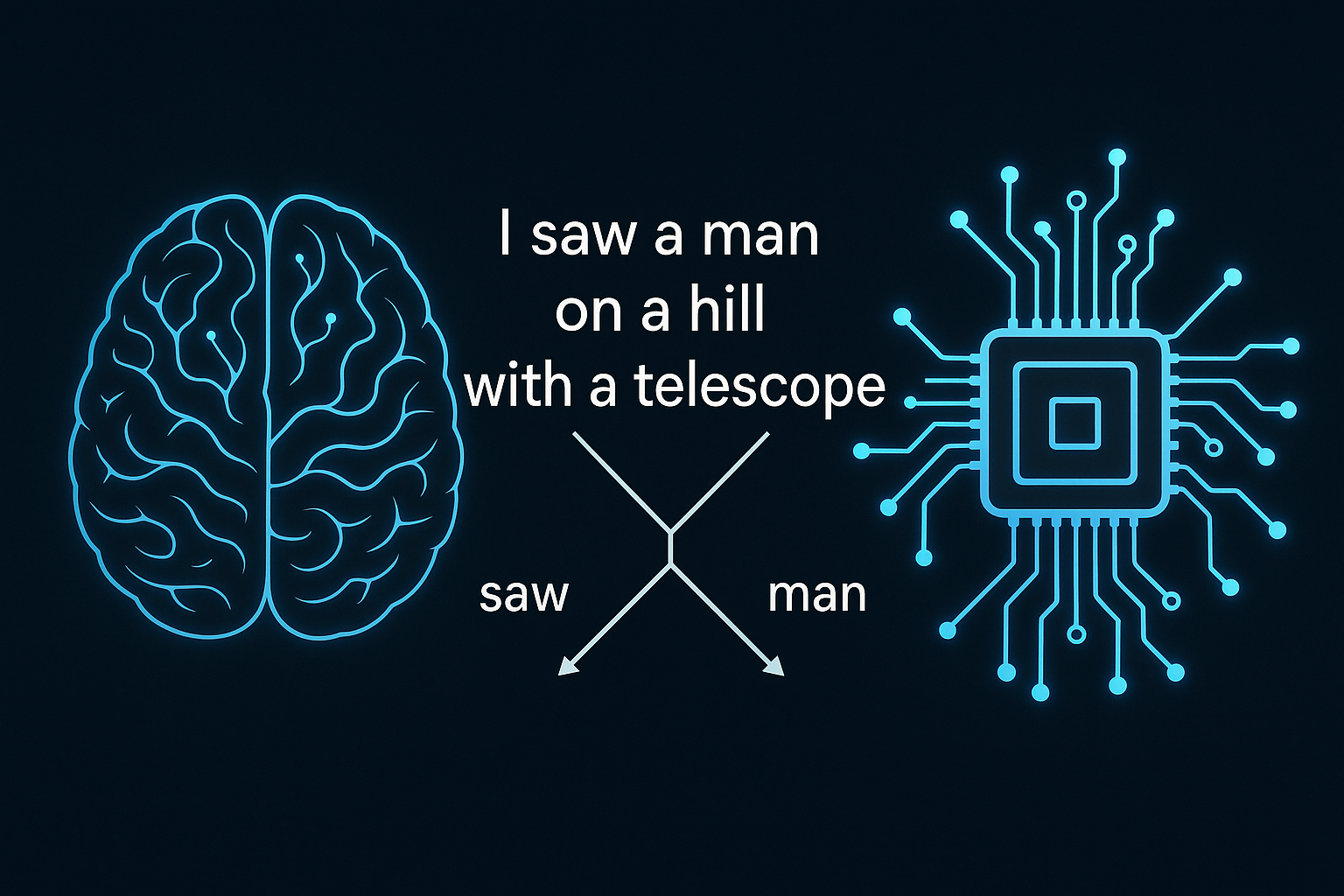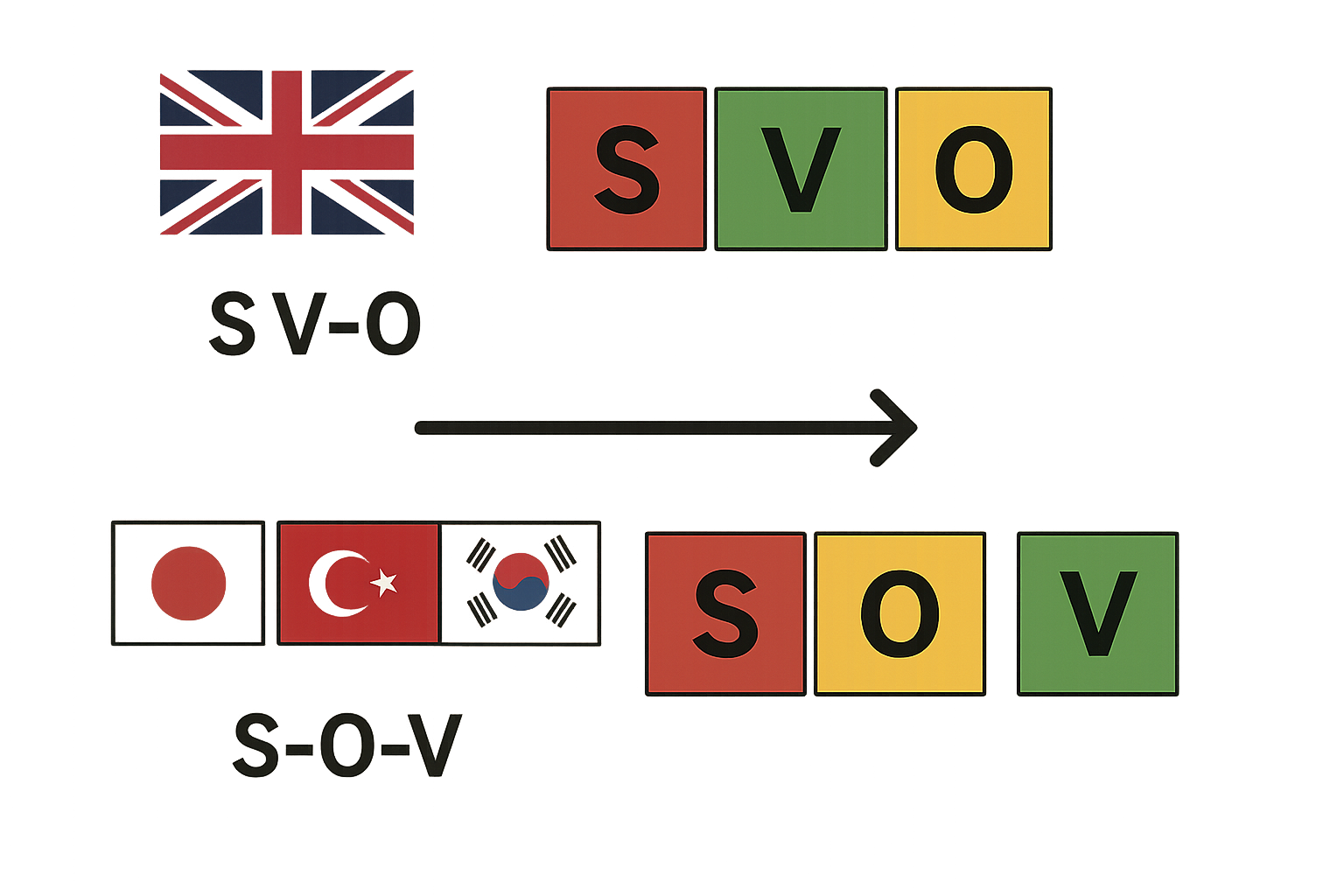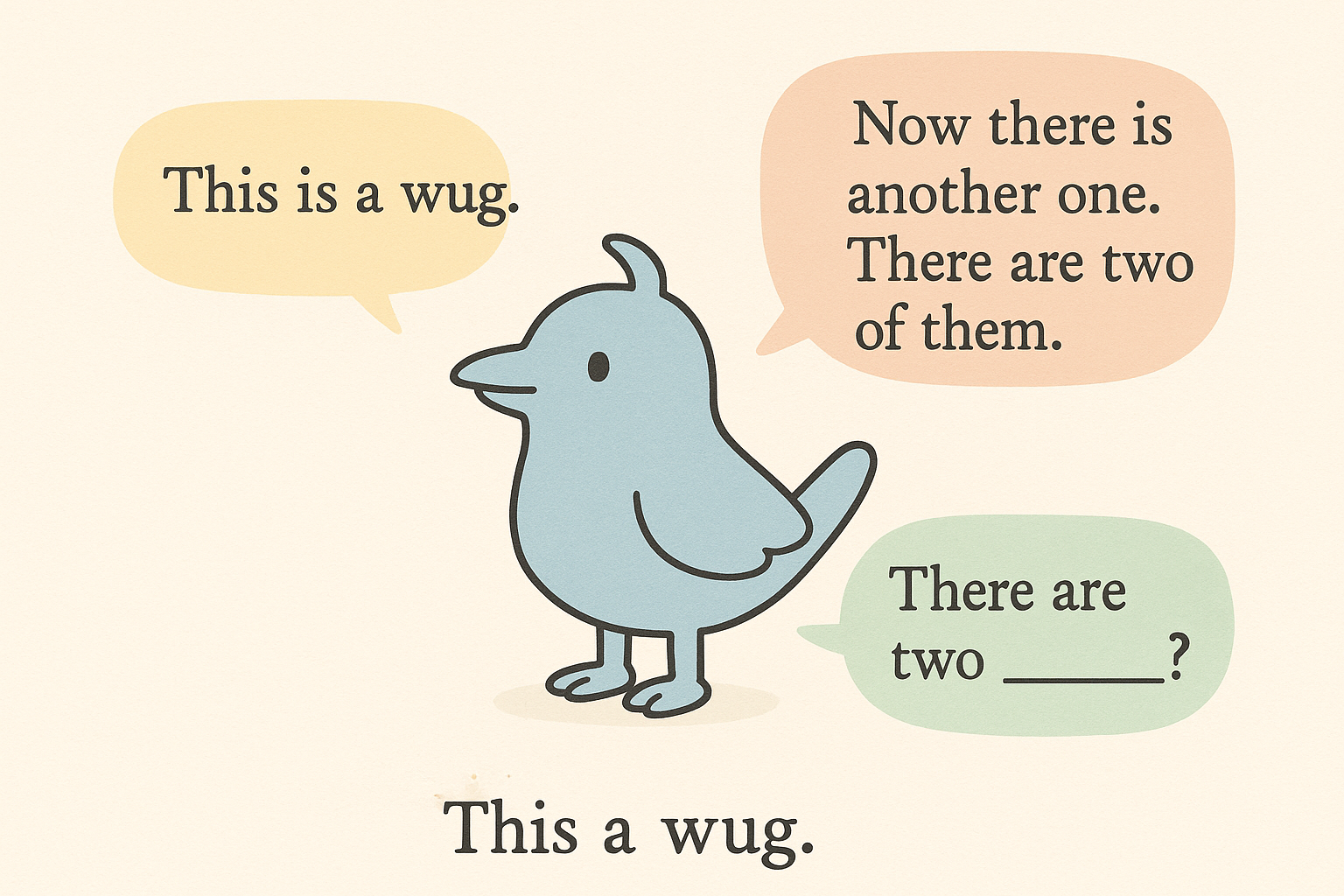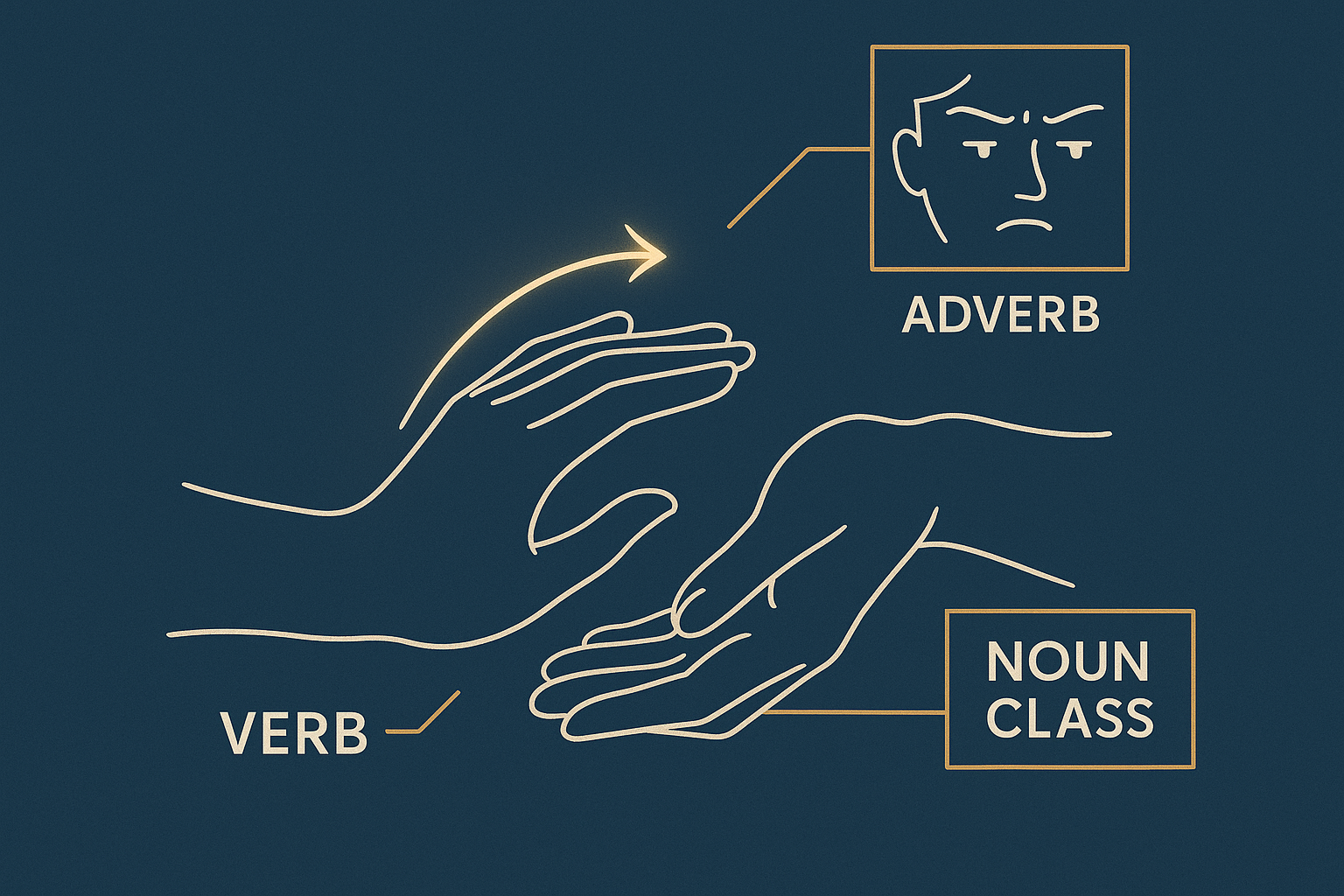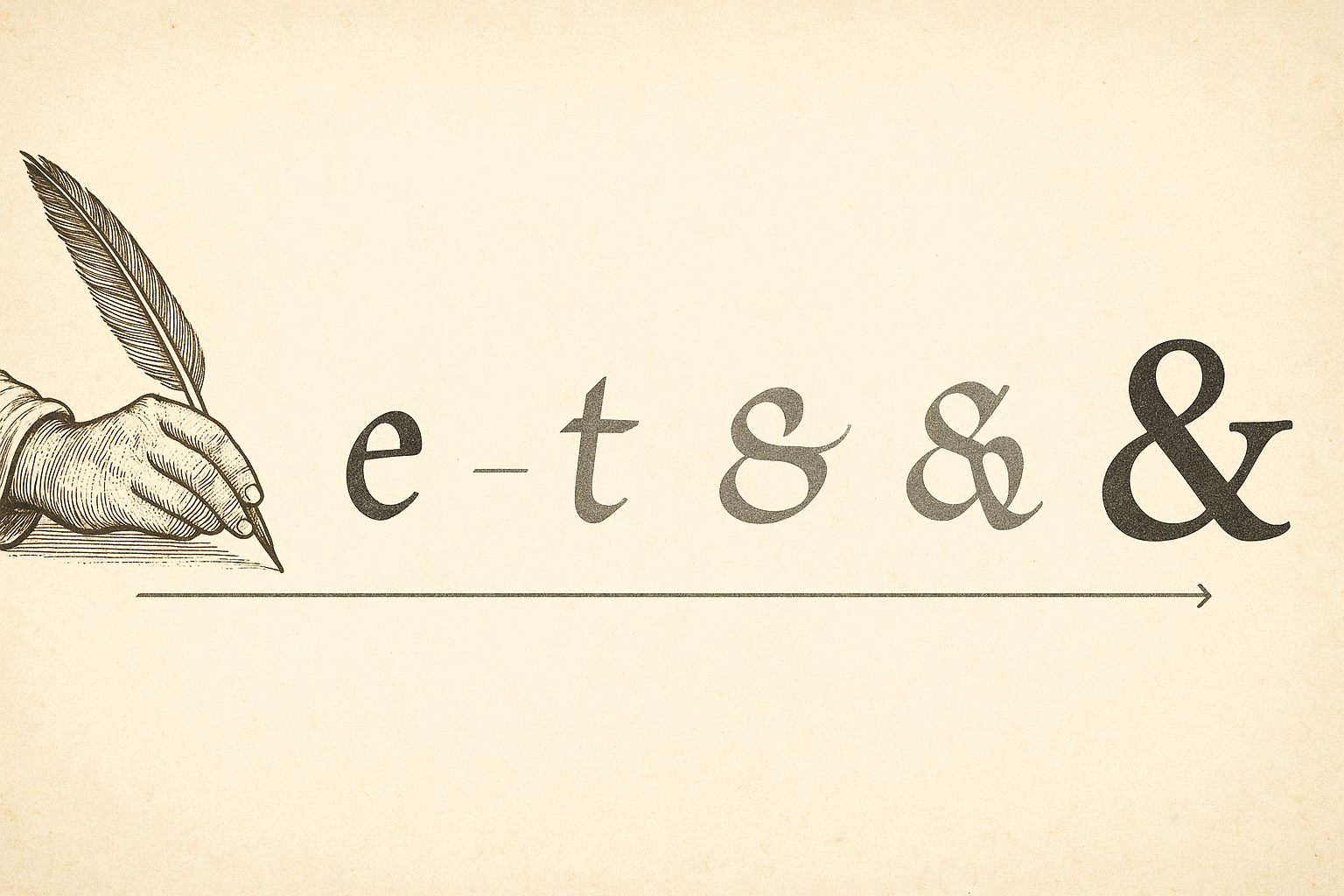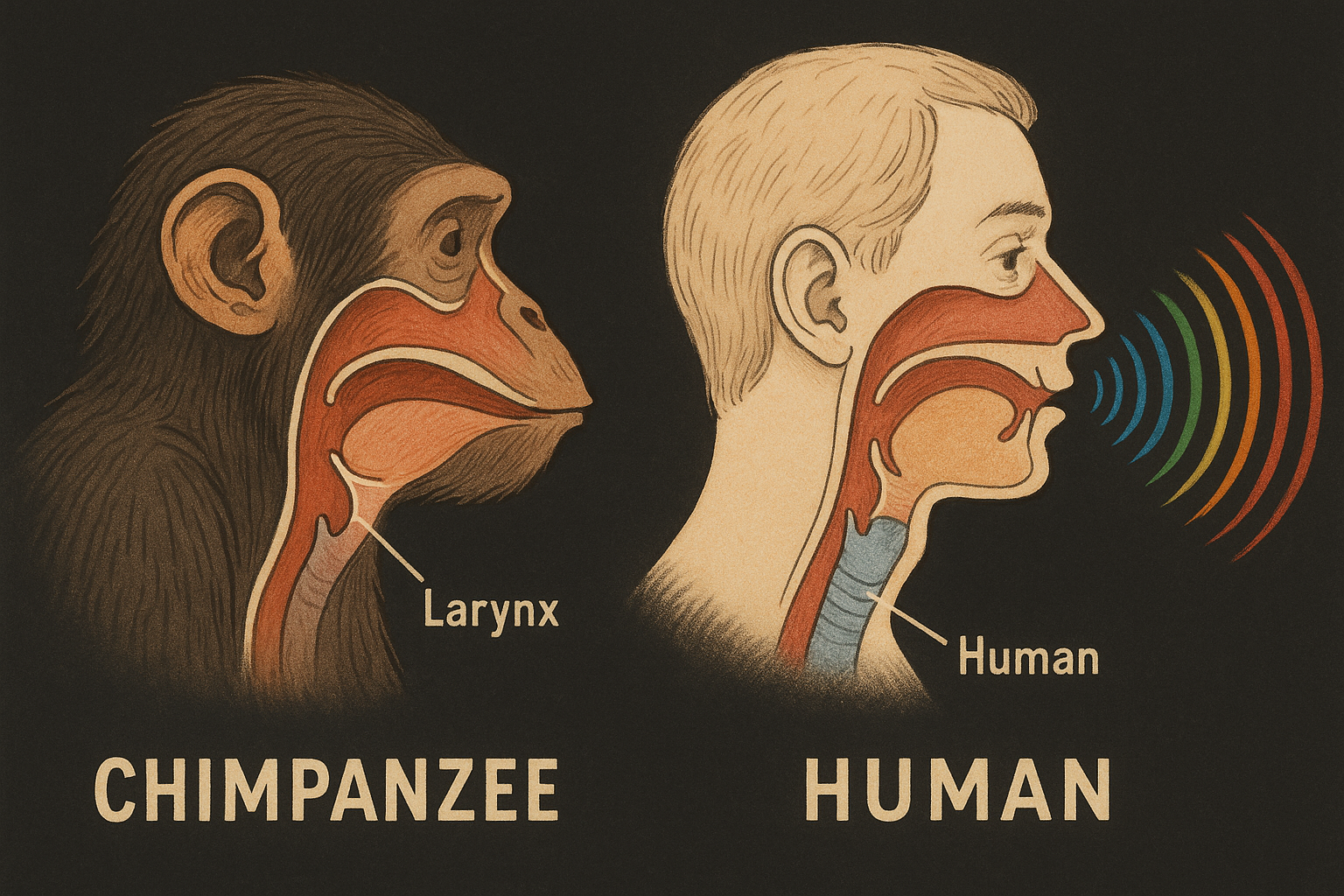The World’s Lego Languages: How Agglutination Builds Meaning Brick by Brick
This article explores the world of agglutinative languages like Turkish, Finnish, and Swahili, where long, complex words are built by snapping together morphemes like Lego bricks. We deconstruct a few “megawords” to show how this elegant and highly logical system works. Discover how some languages build meaning one transparent piece at a time, in stark contrast to languages like English or Spanish.
